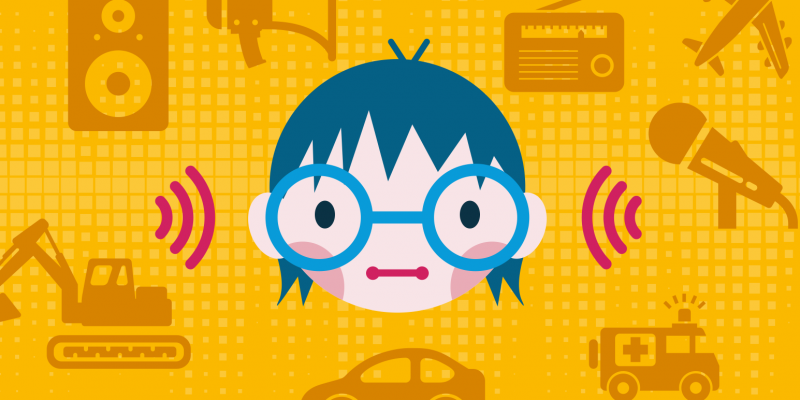Noise: not for the ears of small children
New publication for third and fourth-year pupils
 Click to enlarge
Click to enlargeSource: Studio Good / Umweltbundesamt
Sleep disorders, increased blood pressure or even ringing in the ears (tinnitus) – noise can make people ill, even as early as childhood. Past studies by the Federal Environment Agency of a group of 1,000 children showed that one in every eight suffered some degree of hearing impairment. "We must be very aware that children have less control over their acoustic environment than adults", said Maria Krautzberger, President of the Federal Environment Agency (UBA). "This is why they are sometimes exposed to noise and have no means of defence", continued UBA's President. A new interactive brochure from the UBA teaches third and fourth-year pupils about acoustics and noise in a playful way and aims to raise awareness of the problem of noise. The brochure can be downloaded free of charge from the UBA website.

